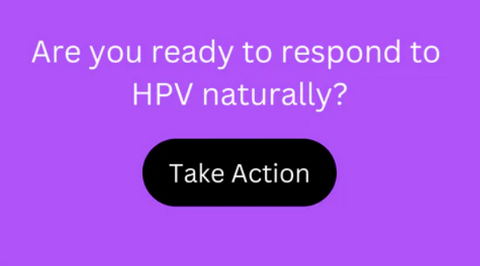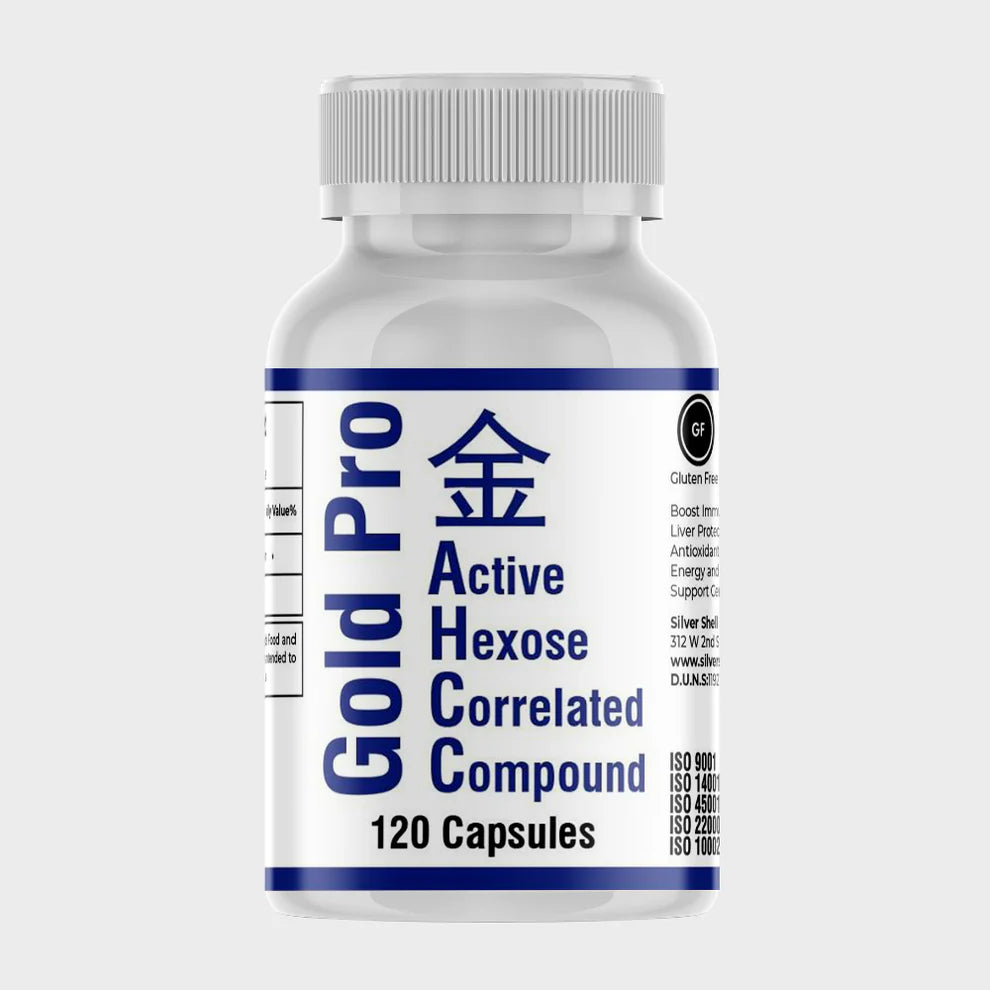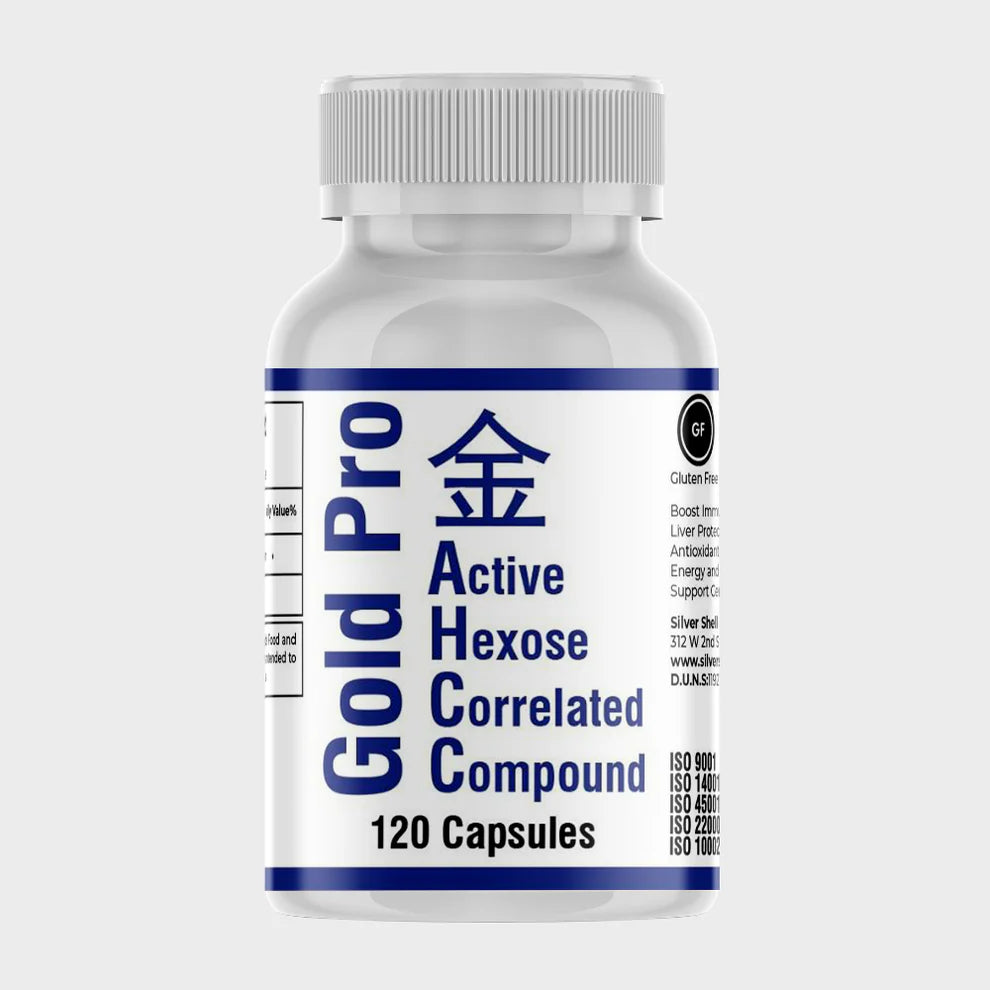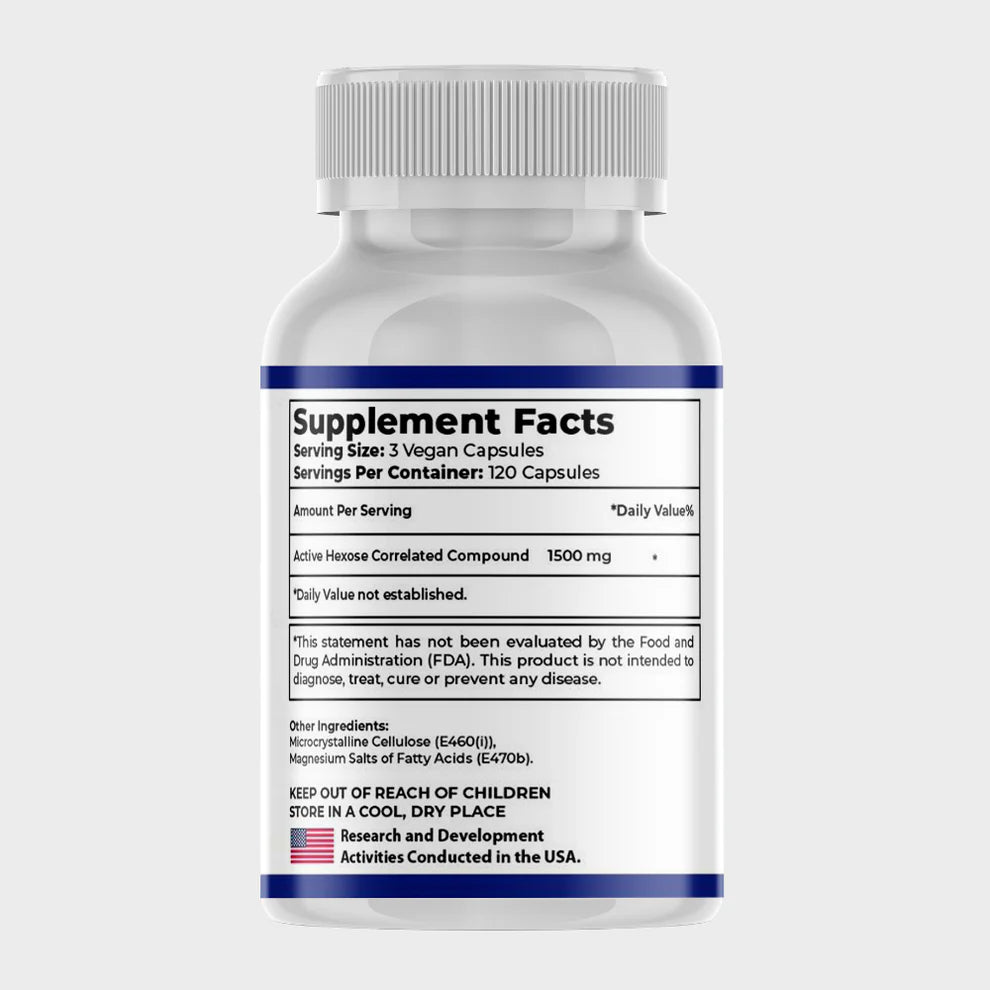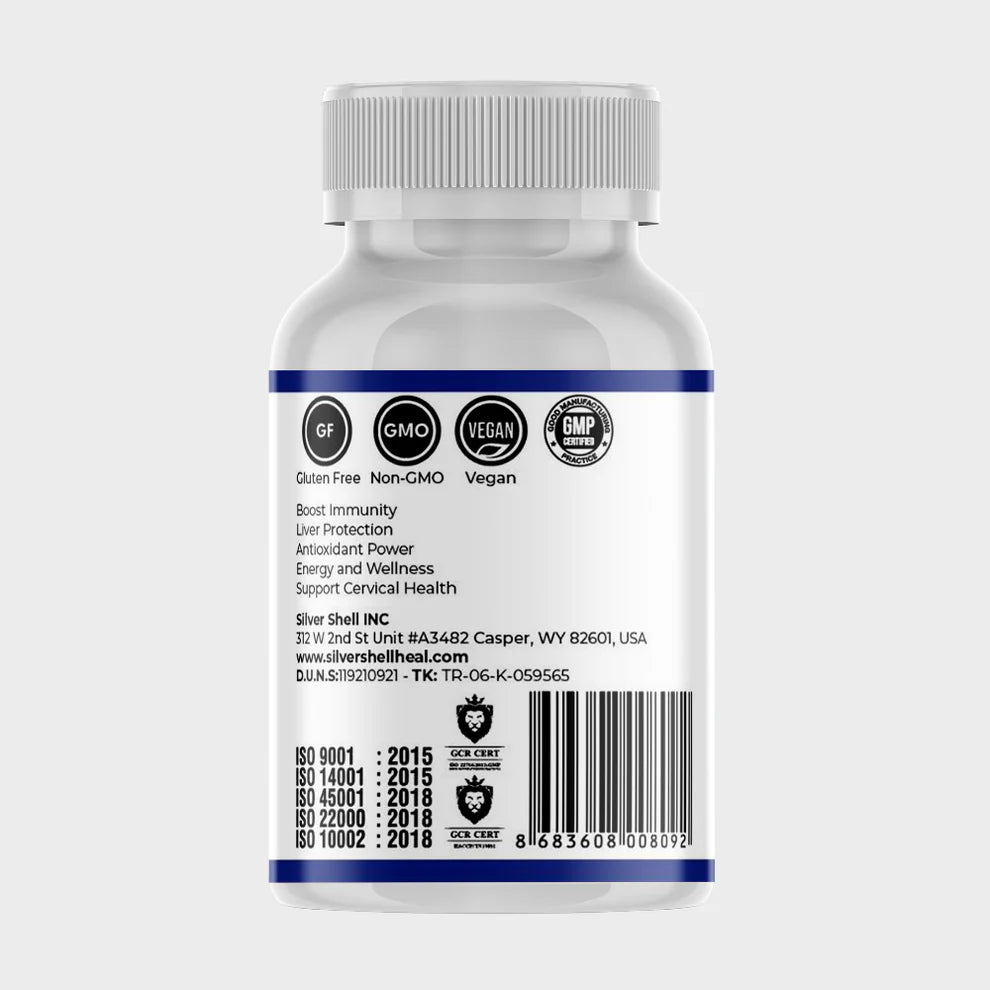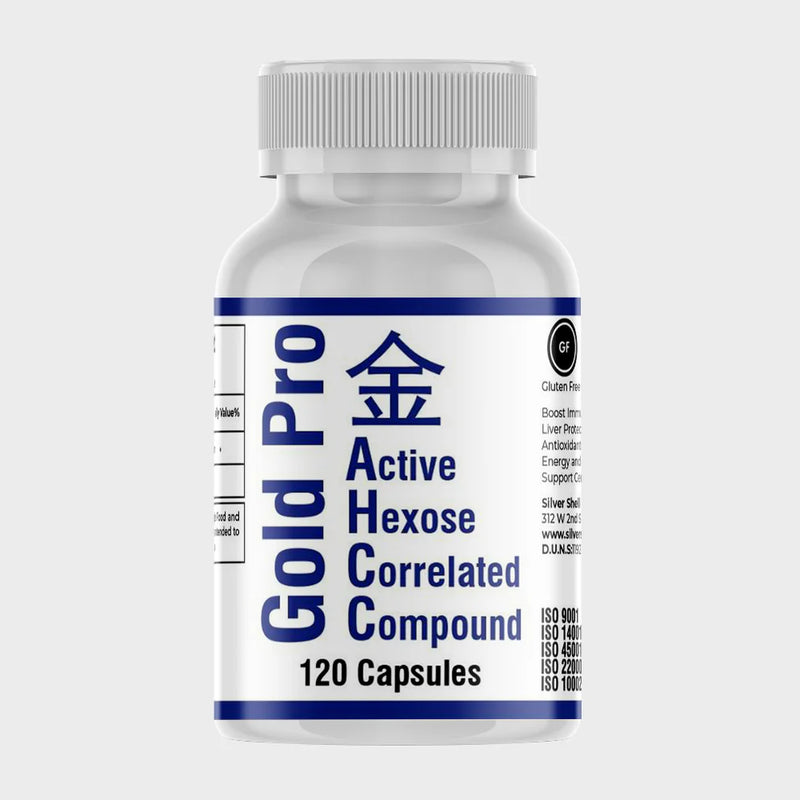Understanding HPV Transmission Mechanisms
HPV primarily spreads through direct skin-to-skin contact with an infected area, using tiny breaks or micro-abrasions in the skin or mucous membranes as entry points. Importantly, HPV can be transmitted even without visible signs during sexual activities.